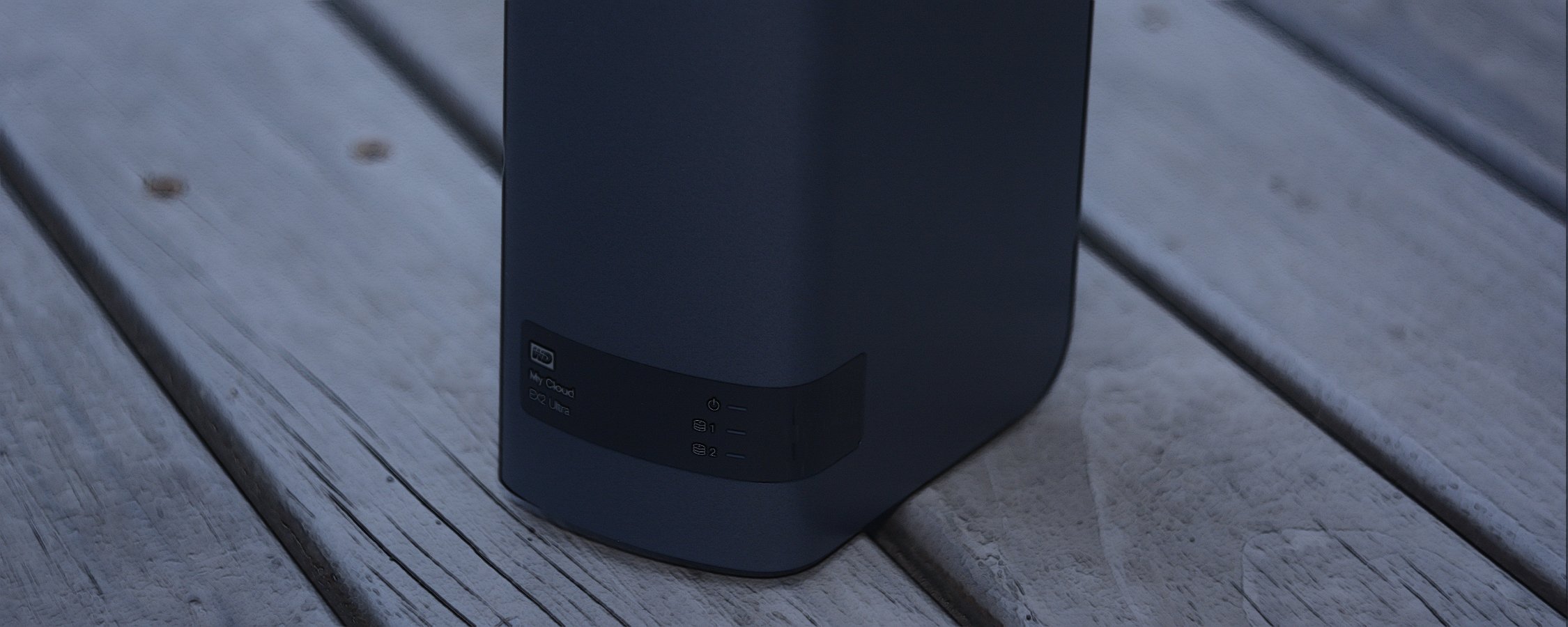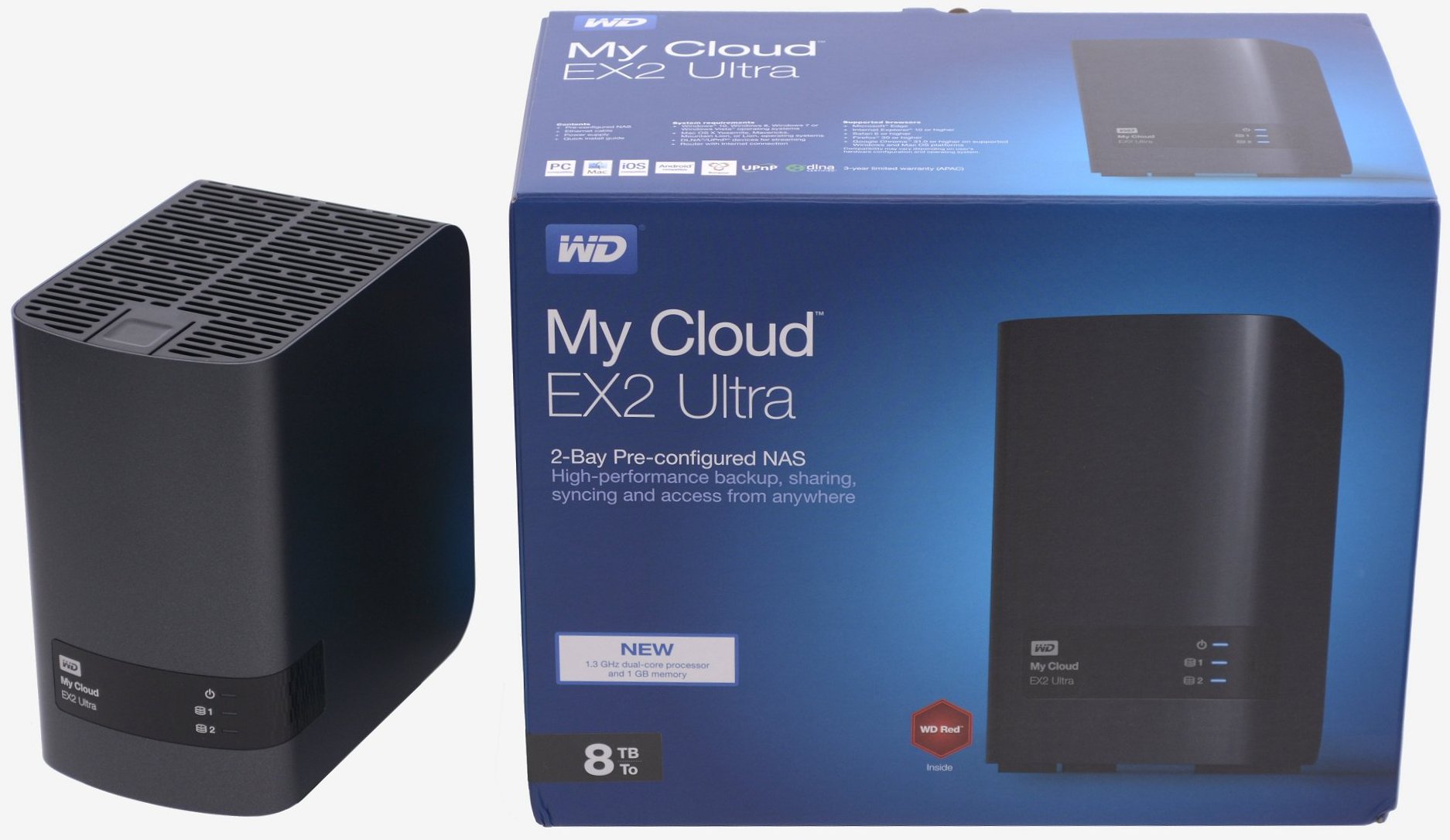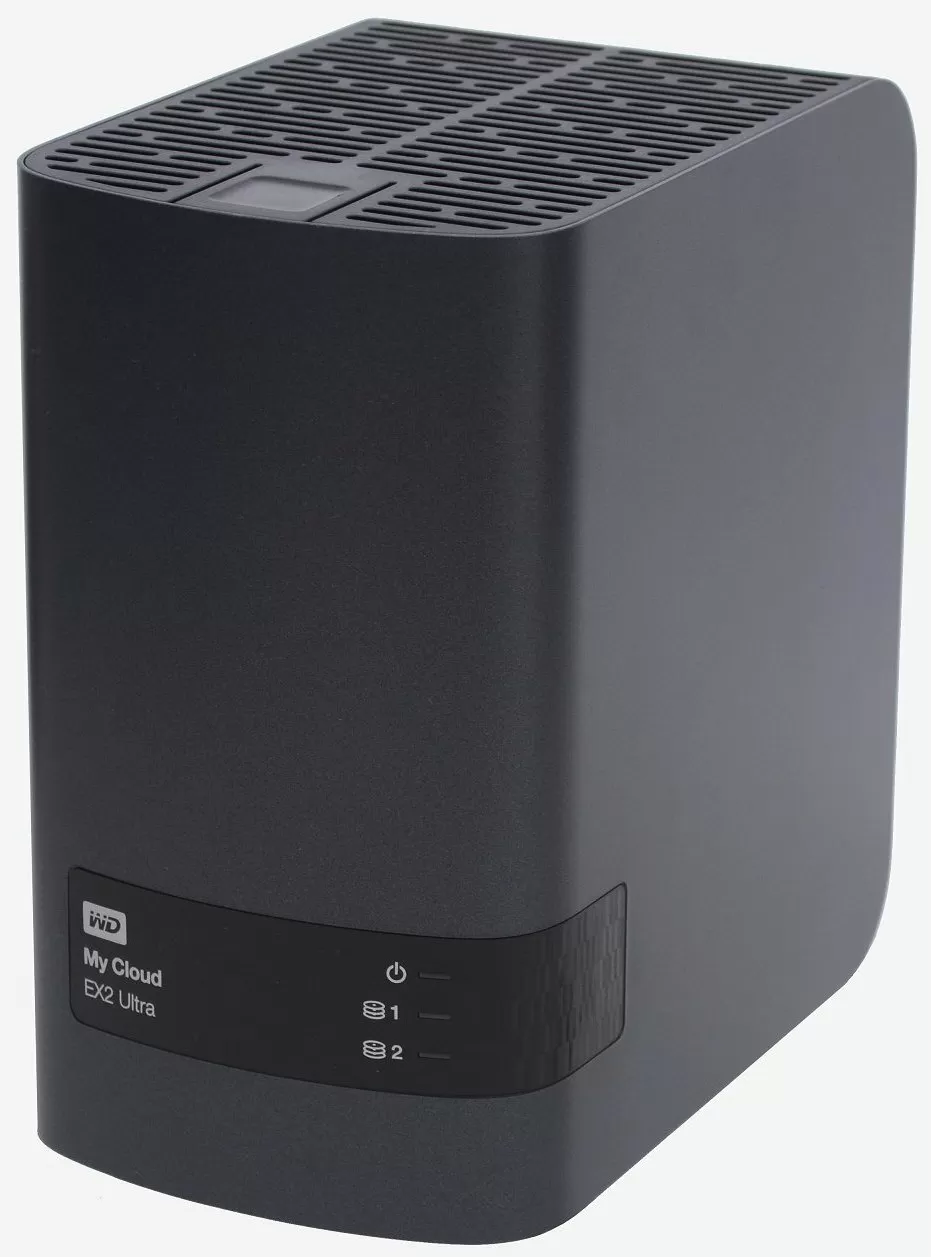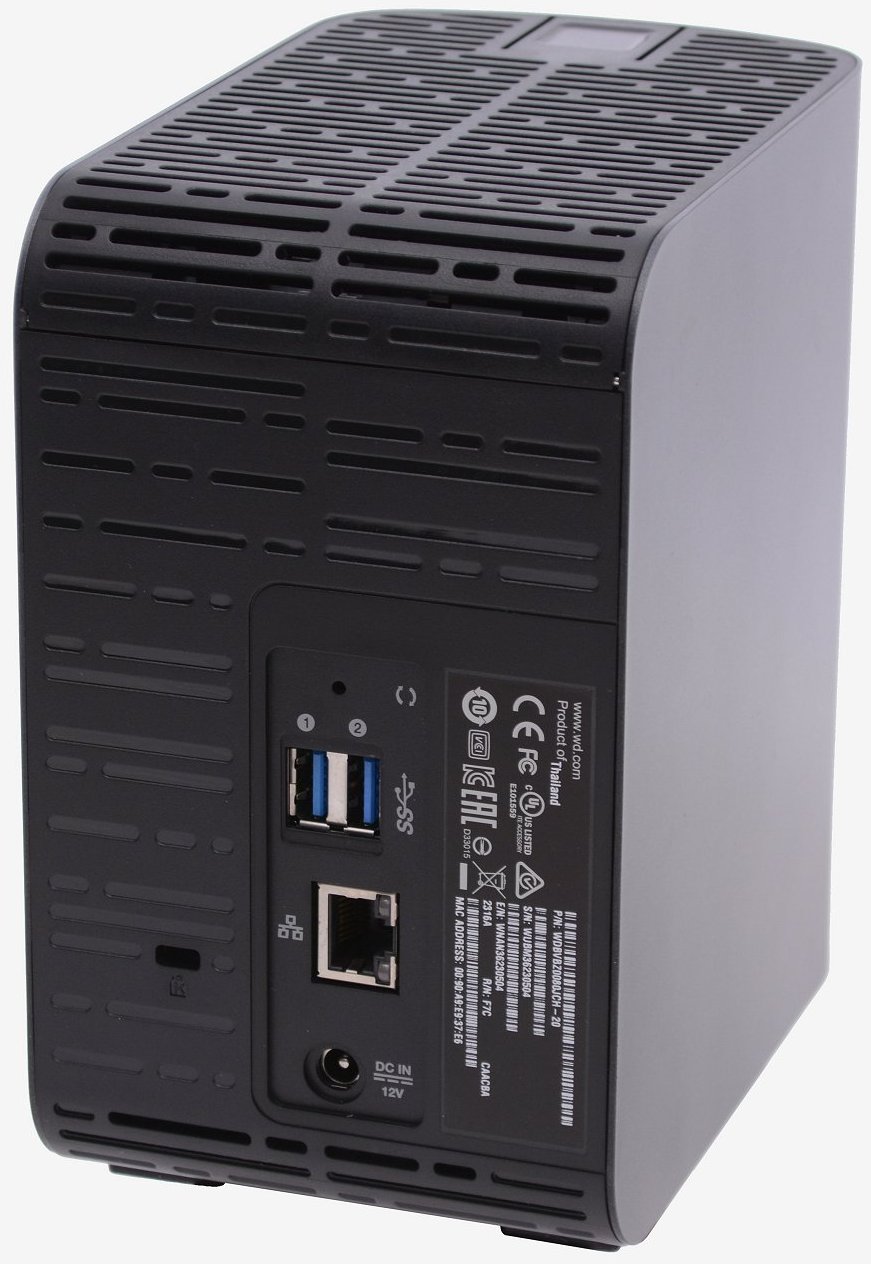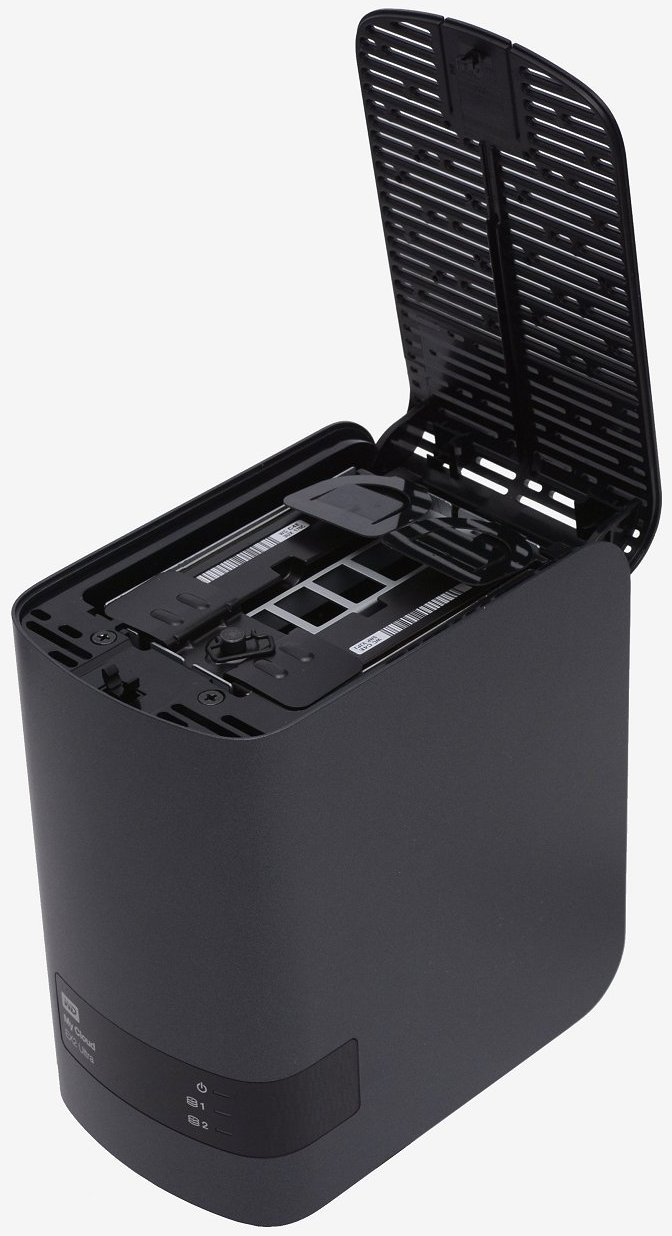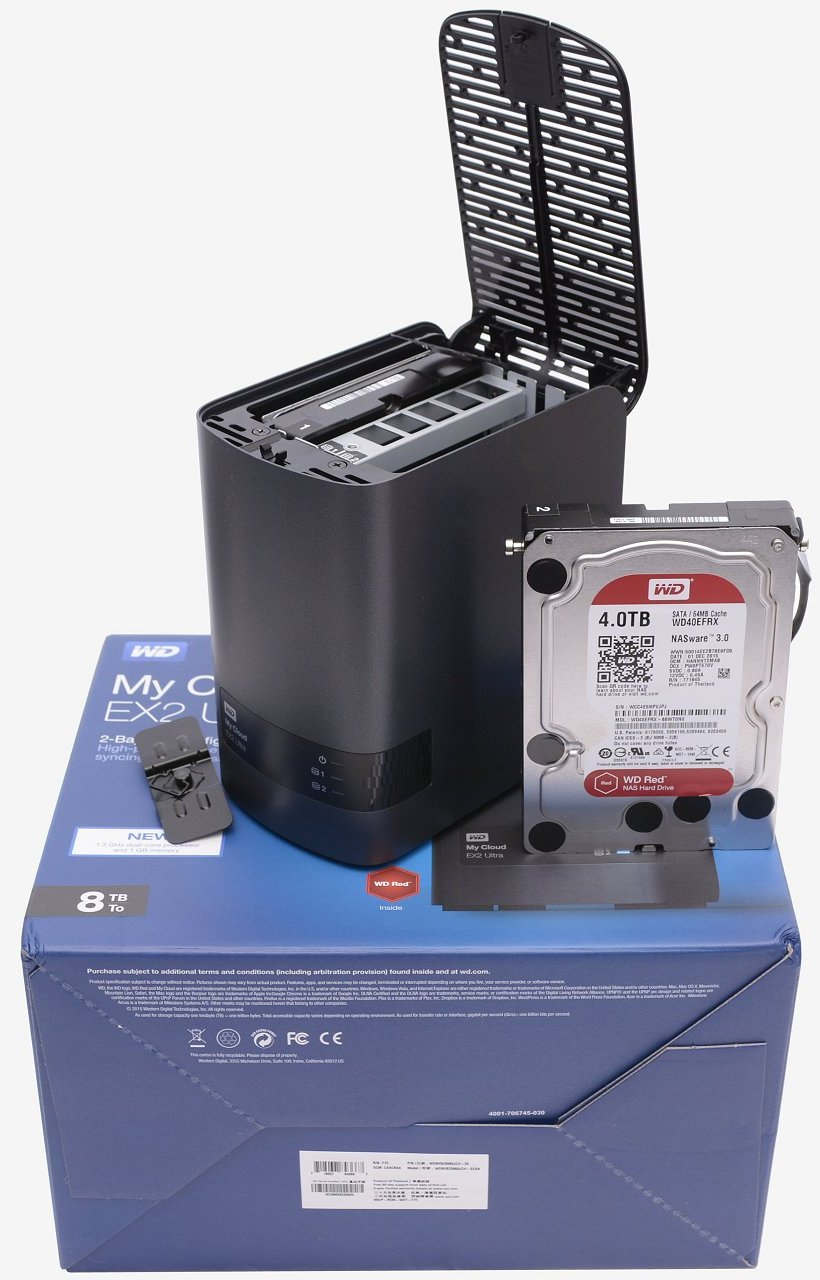QNAP and Synology have always been on my radar when it comes to pre-built desktop NAS devices. For more than a decade now they've been developing some of the best home and business network attached devices money can buy and today I consider them both pretty unbeatable.
Despite being considered industry leaders and having been in business for well over a decade now, neither Synology nor QNAP are well known brands – they certainly aren't mainstream, even in the tech world.
One of the problems for adoption has been retail price. A basic two-bay model with decent performance for a home user is going to cost around $300 in diskless form. Add in a couple of hard drives and the overall expense is akin to that of an entry level PC, though this is essentially what today's NAS devices are.
A more familiar name threw its hat into the ring around four years ago when Western Digital began developing its Red series hard drives for 24/7 operation in NAS servers. Today they have not one but two drive series targeting NAS devices: the Red and the Red Pro. Not stopping there, in 2013 WD launched its own range of desktop NAS boxes that hail from the company's My Cloud range. The devices themselves look nice and they are impressive enough from a pricing standpoint.
The base model My Cloud 2TB costs just $130 or $230 for the 6TB model, not to mention the My Cloud Mirror 4TB for $350. None of these WD units have hot-swap bays and although they come in a number of pre-configured capacities, a diskless version doesn't exist – or didn't, anyway.
In 2014 the company released its My Cloud Expert series with the EX2 and EX4, both of which can be bought with or without disks, diskless costing $155 and $230 – again, both are affordable.
Frankly, since then the WD NAS lineup has become a little confusing as it now features a large range of products that all have similar names and features.
Today we'll be looking at the newly released My Cloud EX2 Ultra, which is essentially a more consumer-friendly version of the existing My Cloud EX2100.
WD My Cloud EX2 Ultra
Like the previous EX2 model, the new EX2 Ultra can be purchased in a range of capacities as well as without drives. We have the 8TB model on hand but it's possible to purchase this device in 4TB and 12TB configurations as well. For those wondering, WD uses its Red series drives and each pre-configured model comes with two hard drives of equal size, meaning our review unit includes a pair of 4TB drives.
The device measures 165mm tall, 99mm wide and 157mm deep, which is extremely compact even for a two-bay device. Empty, it weighs just 0.8kg, though expect that to be as much as 2.4kg once loaded with a pair of 6TB drives.
The device itself looks quite sleek, with a curved one-piece grey front panel that wraps around either side. Embedded in the front panel towards the bottom is a black strip which features the WD logo, product name and more importantly some LED indicators that show drive status/activity and a power button. If all is well these LEDs will light up blue but if there is a problem such as a drive failure they will turn red.
The top and bottom are covered by black ventilated plastic panels. Internally the drives are mounted vertically and at first there appears to be no active fan, which is surprising as the WD Red drives can get quite hot. As it turns out there is a small fan mounted in the front of the device, though I am not sure how effective it is. The airflow is mostly restricted and despite making quite a bit of noise, I had a hard time detecting any airflow at all.
The slotted vent panel design continues around back, though there aren't actually any vents, it's just a pattern. What's important here is the small I/O panel which features a single gigabit Ethernet connector, two USB 3.0 ports and a 12v DC input. This is the beginning and end of the EX2 Ultra's connectivity as there aren't any front panel connectors.
On top of the unit built into the ventilated panel is a thumb-sized indentation that looks a bit like a power button you might find on a PC case, the irony being that the EX2 Ultra doesn't actually have a power button. This button releases a catch which allows the top panel to open on a hinge.
Inside are a pair of 2.5" drive bays and they're occupied by the two Red 4TB hard drives which are locked in place by a small metal bracket that can be removed using a single tool-less screw.
The drives slot into place using a pair of custom screws which are attached to the rear mounting holes in the drive and one of them features a pull tab for removal.
Between the hard drives sits the guts of the EX2 Ultra which includes a Marvell Armada 385 1.3 GHz dual-core SoC and 1GB of DDR3 memory.
The Armada 385 is an SoC that we're familiar with as it has been used extensively by Synology, most recently by the DS216, a unit we'll mention again shortly as it's a direct competitor to the diskless My Cloud EX2 Ultra.
For now, there isn't much else to say about the physical design of the My Cloud EX2 Ultra, so let's move on to the software side of things.
